Latest Posts
QLC VS TLC, Is QLC Better than TLC for SSD?
QLC VS TLC Selecting an SSD can be tricky, with choices like QLC and TLC NAND flash. Each type offers specific benefits for different needs.
This guide explains how each technology affects cost, speed, and lifespan. We’ll also see how these types impact memory cards, including microSD and SD options.
QLC VS TLC NAND Flash: An Overview
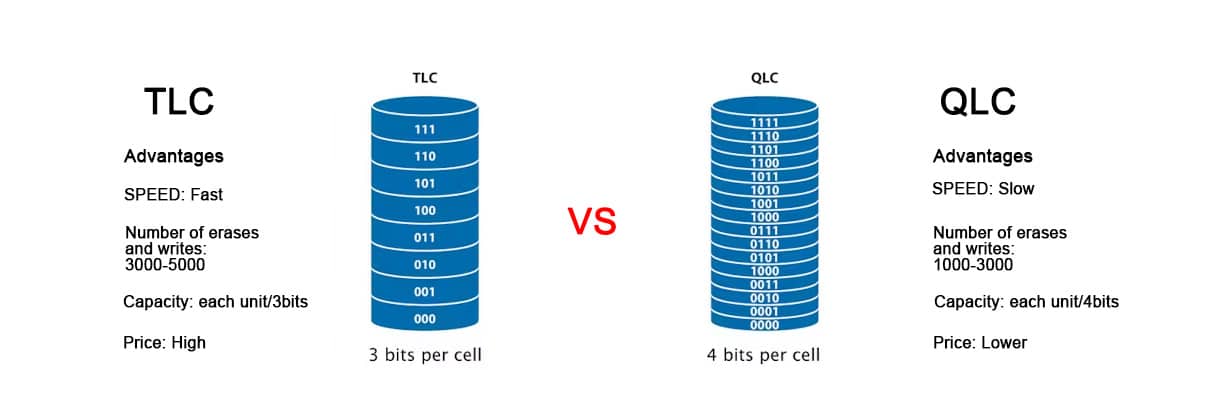
NAND Flash Technology
NAND flash memory keeps data even without power. SSDs depend on this memory type for faster, more reliable, and energy-efficient performance. The performance of NAND flash depends on how many bits each memory cell stores. This factor influences the speed, lifespan, price, and storage capacity of the flash.
QLC Explained
Quad-Level Cell stores 4 bits per cell, meaning more data in less space. This boosts capacity, making it cheaper than other types. However, this comes with reduced durability and slower performance, meaning QLC is best for storage-heavy tasks where speed isn’t a top priority.
TLC Explained
Storing 3 bits per cell, Triple-Level Cell balances price and performance. It’s more durable and faster than QLC, making it ideal for everyday computing. Though it won’t match the performance of MLC, TLC is a solid choice for most users.
Other NAND FLASH TYPES
- Single-Level Cell: Stores 1 bit per cell; offers the fastest speed and highest durability but is expensive and has lower capacity.
- Multi-Level Cell: Stores 2 bits per cell; balances speed, endurance, and cost, suitable for moderate use.
- Penta-Level Cell: Stores 5 bits per cell; expected to offer high capacity at a low cost but with slower speeds and lower durability.
Why Are QLC and TLC Popular in SSDs?
QLC VS TLC? QLC is perfect for users looking for lots of storage without breaking the bank, ideal for media storage or casual gaming. TLC works well for personal and professional needs, offering reliability and a good price-performance ratio.
QLC vs TLC: Key Differences
Cost Comparison
QLC SSDs are often affordable due to their higher data density. It makes them a perfect option if you need a lot of storage but can compromise on speed or durability.
TLC SSDs cost more but offer better overall performance. While they store less data per cell than QLC, they give you better speed and endurance. They still represent good value when compared to older SSD types.
Life Cycle and Endurance
TLC SSDs are built to last longer than QLC. They offer 3,000 to 5,000 Program/Erase (P/E) cycles. This higher endurance makes it suitable for heavy data writing and reading tasks.
QLC, with 4 bits per cell, only manages around 1,000 to 1,500 P/E cycles, meaning it wears out faster.
Speed and Performance
When comparing speed, TLC SSDs generally have the edge over QLC SSDs. With fewer bits per cell, TLC provides faster read/write speeds. It translates into quicker boot times, file transfers, and smoother performance for most tasks. TLC also performs better when handling large, sustained writes, vital for gaming or video editing applications.
While offering good speeds for lighter tasks, QLC SSDs can struggle when the drive gets near capacity or under heavy workloads. Their speed may drop as the drive fills up, making them less ideal for consistent, long-term use.
Use Cases: Who Should Choose QLC or TLC?
For high-performance needs, such as video editing or large-scale gaming, TLC is a better fit. It offers the speed and durability required for demanding tasks.
QLC is a good choice for those who need more space on a budget. It’s great for storing media files, games, or documents where performance isn’t a major concern.
The Relationship Between NAND Flash Types and Memory Cards
The kind of NAND flash in SD and microSD cards impact performance and lifespan. SLC, MLC, TLC, and QLC each influence speed, durability, and storage capacity in various ways.
The Effect of NAND Flash on Performance
NAND flash affects both speed and lifespan in memory cards. There are four types: SLC, MLC, TLC, and QLC, each designed for specific uses.
- SLC provides the fastest performance and extensive durability, making it perfect for professional use.
- MLC balances speed, endurance, and cost, suitable for full HD recording.
- TLC is cheaper and offers more storage but sacrifices some speed and longevity. It works for casual users.
- QLC offers extensive storage for a lower cost, but its slower speeds and reduced durability make it less effective for intensive tasks.
Storage Capacity and NAND Flash QLC VS TLC
Memory card storage capacity is linked to the NAND flash type. More bits per cell allow for higher storage in the same space.
- SLC provides lower storage capacity per cell for tasks requiring speed and durability oversize.
- MLC, TLC, and QLC offer larger capacities by storing more bits per cell. As you move from MLC to QLC, storage increases, but so do the sacrifices in durability and speed.
- A high-capacity TLC card can match an MLC card in storage but at a lower price and with some performance trade-offs. QLC cards offer the most storage at the lowest cost but are less durable and slower.
Future Developments in NAND Flash for SSDs
3D NAND stacking is a major development in NAND flash technology, allowing storage capacity to grow without increasing size. This technique helps QLC overcome endurance issues, making it faster, more durable, and reliable while maintaining a low cost.
With continued improvements, QLC will be better equipped for high-demand applications. It will soon compete with TLC and MLC for enterprise storage and gaming.
Looking ahead, NAND flash will aim for more efficiency and reliability at lower costs. As storage needs rise, especially in cloud and data-driven fields, customized solutions will be more common. QLC will likely dominate the consumer market, while TLC and MLC will remain the preferred choice for professionals.
Conclusion
|
Criteria |
QLC |
TLC |
|
Cost |
More affordable |
Slightly more expensive |
|
Endurance |
Lower lifespan (fewer P/E cycles) |
Better endurance |
|
Speed |
Slower, especially with large writes |
Faster read/write speeds |
|
Best Use |
Budget SSDs, large storage |
Performance-focused SSDs for workstations, gaming, etc. |
|
Capacity |
Higher storage density |
Lower density compared to QLC |
In a nutshell, QLC is suitable for those who need budget-friendly storage for everyday use. On the other hand, TLC offers faster speeds, better performance, and high durability for heavy tasks. Choose based on your specific needs.

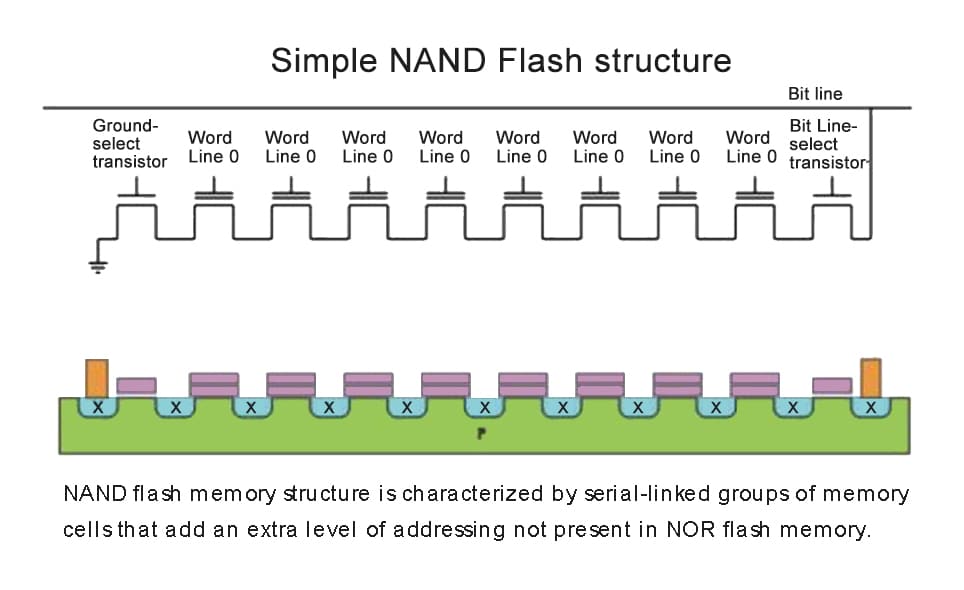
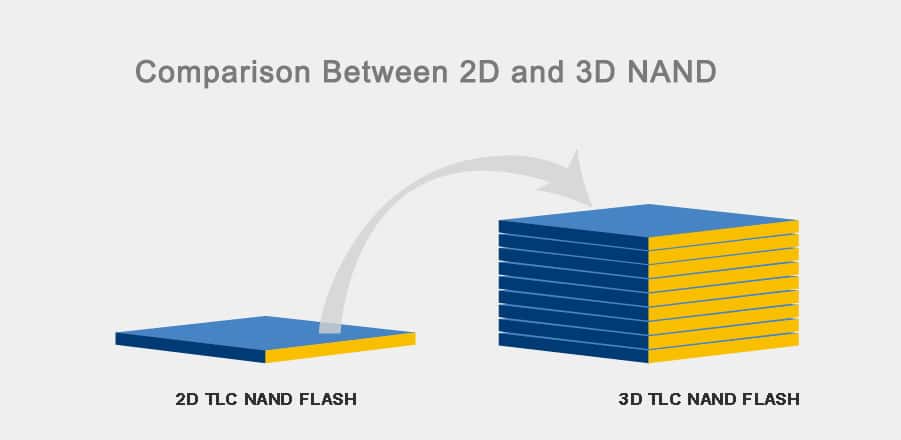
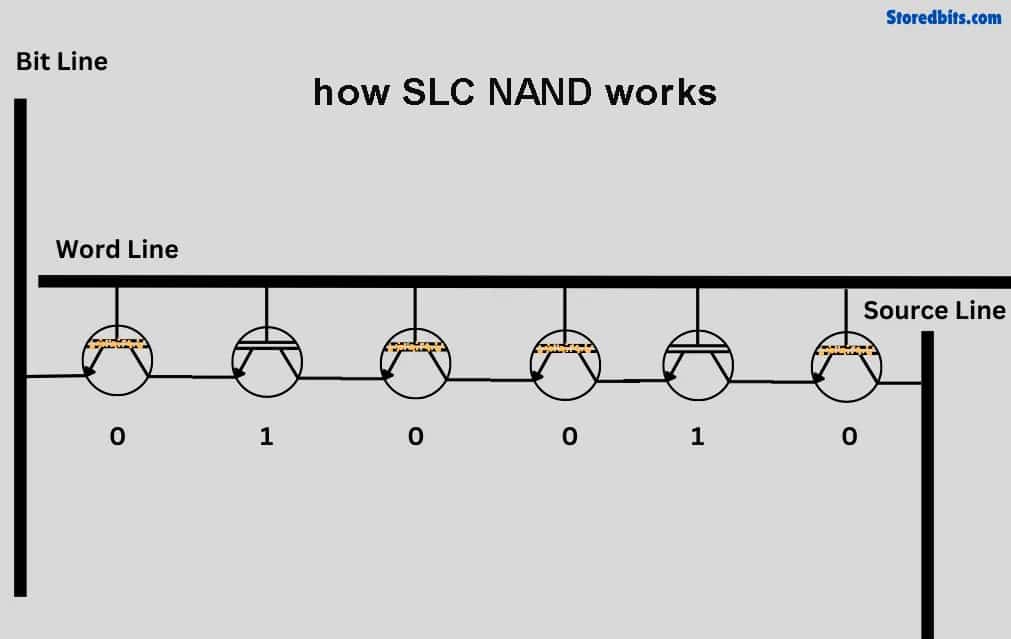
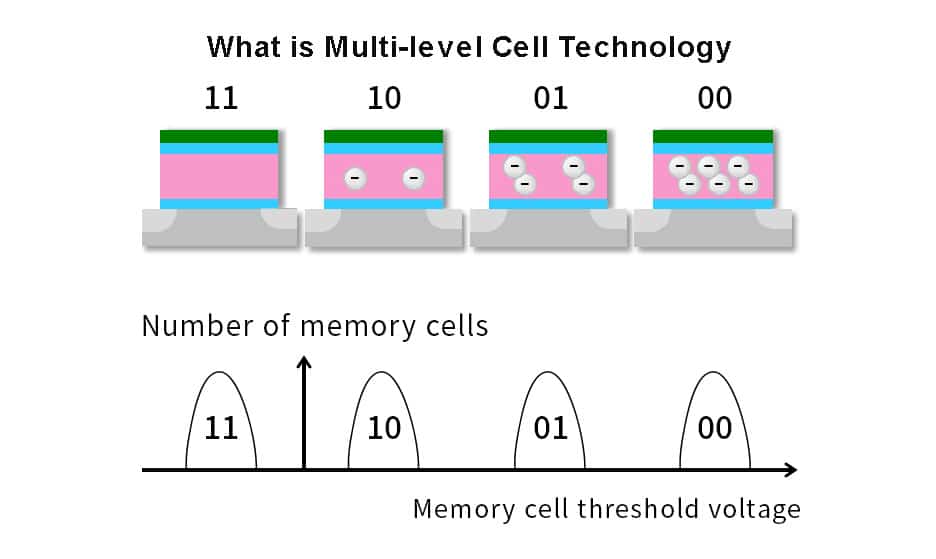
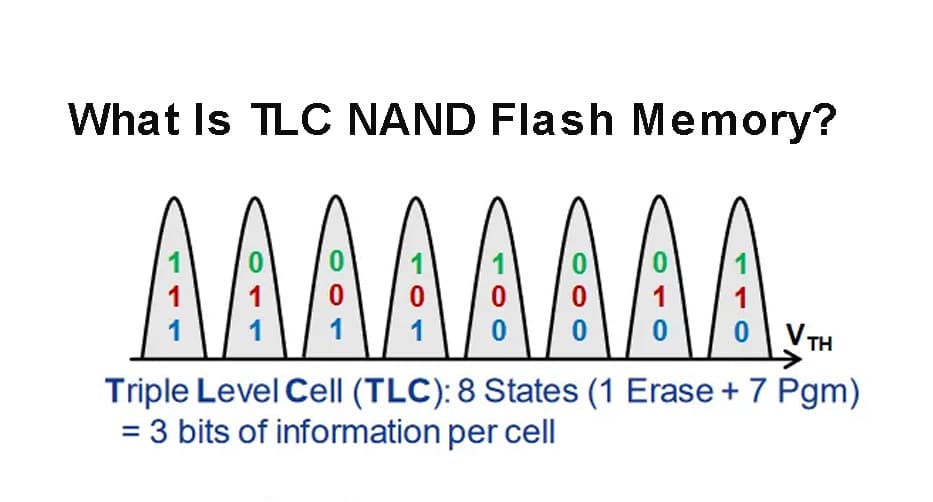
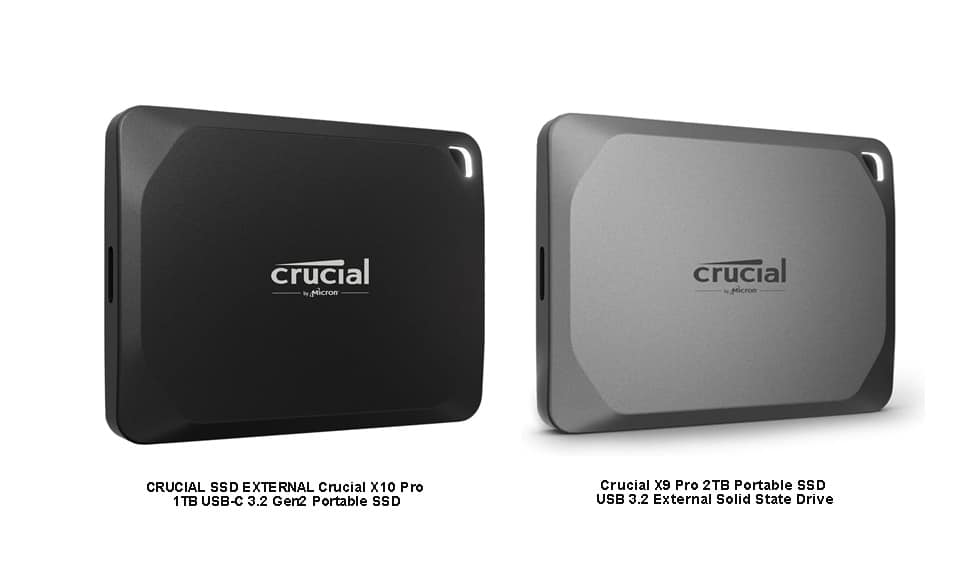
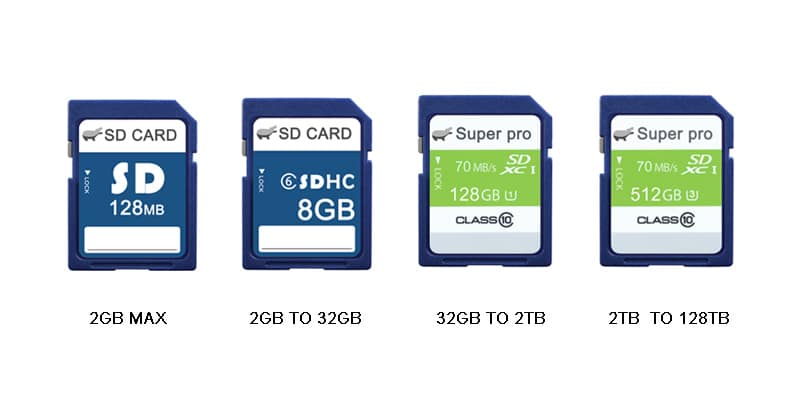
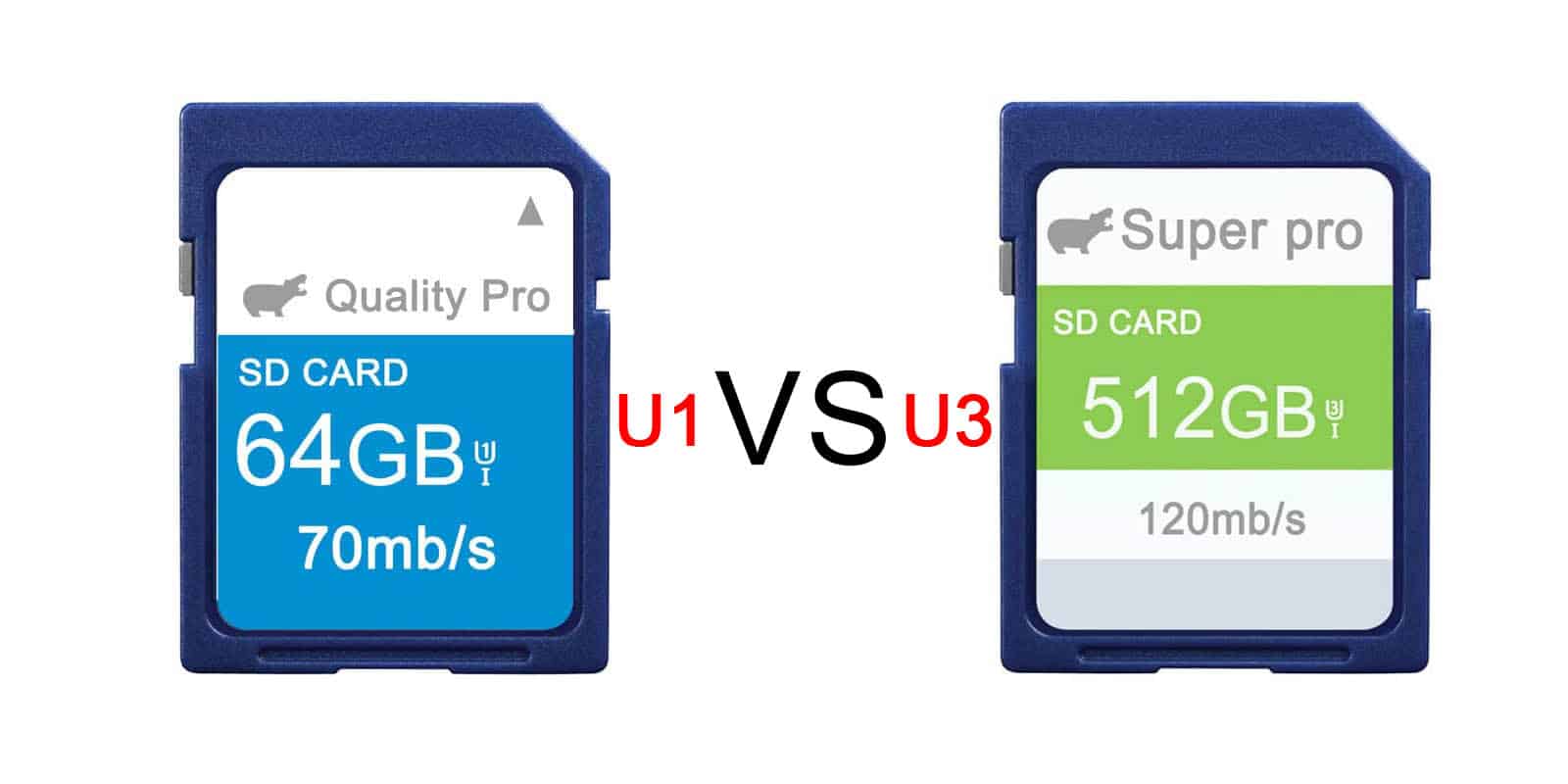
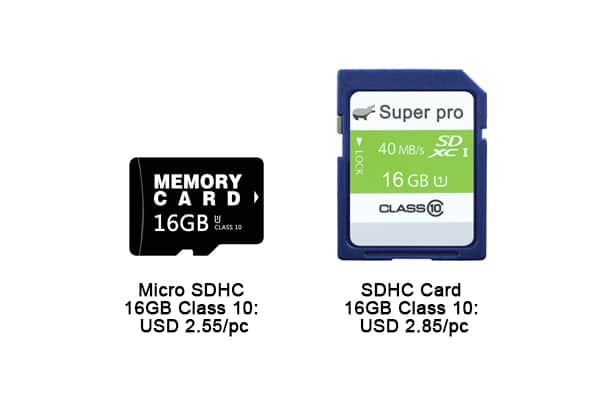
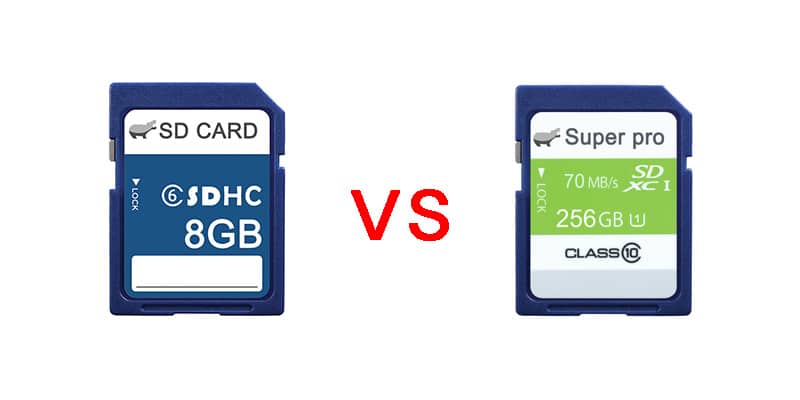
Leave a comment